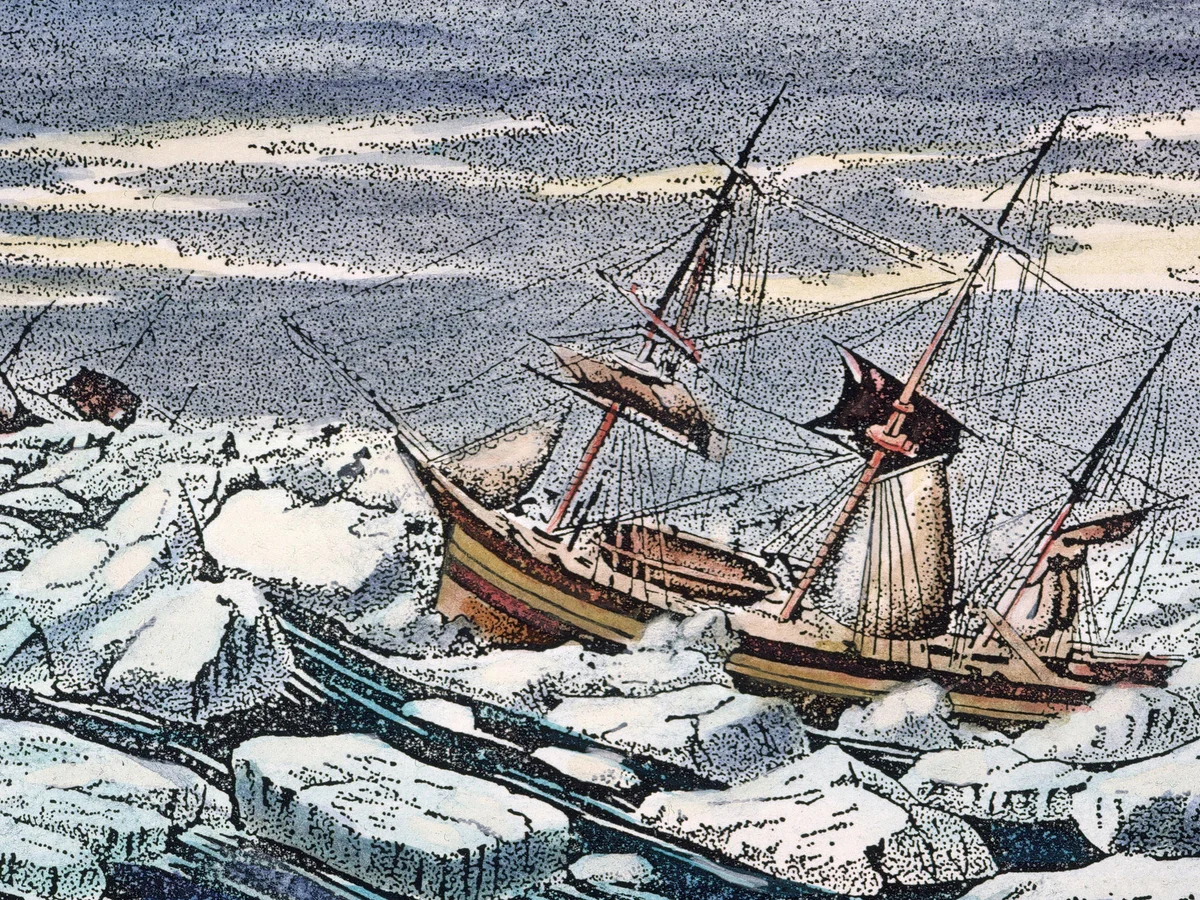In 1845, British navigator James Clark Ross struggled against 50-knot winds in the Southern Ocean, his ship Erebus battling icebergs the size of cathedrals. Today, modern circumnavigators like Captain Elena Marquez steer their 50-foot steel-hulled ketch Albatross along the same latitude, chasing the Roaring Forties and Furious Fifties—winds that have tested sailors for centuries. “The Southern Ocean doesn’t care about your charts,” Elena says, tracing a scar from a 2019 encounter with a rogue wave. “It demands respect, just as it did for Shackleton and Chichester.” Her mission: conquer the Great Southern Route, a 23,000-nautical-mile odyssey linking historic ports while embracing the raw power of the world’s wildest seas.
Voyage Breakdown: The Great Southern Route Long-Distance Circumnavigation (23,000 nm)
Leg 1: Cape Town (South Africa) → Auckland (New Zealand) (4,500 nm / 35 days)
- The Roaring Forties
Elena’s crew hoists the storm jib as Albatross enters the 40°S latitude, where relentless westerlies earned their “roaring” name. They rely on a 19th-century chronometer alongside modern GPS, cross-verifying positions with the stars—just as 18th-century explorers did. “John Harrison’s H4 clock saved lives here,” Elena notes, adjusting the brass instrument. “Now our solar-powered nav system does the same, but we never turn off the old tools.” - Historical Ghosts
Near the Prince Edward Islands, they pass the wreck of the Birkenhead, a 1852 British warship sunk by an iceberg. Divers deploy a remotely operated vehicle (ROV) to photograph the remains, its cannons still pointing to the sky—a reminder of the ocean’s unforgiving nature.
Leg 2: Auckland → Ushuaia (Argentina) (5,200 nm / 40 days)
- Furious Fifties & Iceberg Alley
South of Tasmania, the crew encounters icebergs calved from Antarctica, using a combination of 1930s-era ice charts and modern radar. “Shackleton’s Endurance was crushed here in 1915,” says navigator Tomás Rios, plotting a course around a 200-meter tabular iceberg. “We use his 日记 as a cautionary tale, but add real-time data from the International Ice Patrol.” - Cultural Anchors
In Ushuaia, they visit the Maritime Museum, where a restored 1901 sailboat James Caird—used by Shackleton’s crew for their epic rescue voyage—sits beside a modern satellite tracker. “This is where past meets present,” Elena says, laying a wreath for lost sailors at the city’s End of the World monument.
Mid-Distance Challenge (3,000 nm)
Leg: Hobart (Australia) → Cape Horn (Chile) (1,800 nm / 14 days)
- Rounding the Horn
As Albatross approaches Cape Horn, the crew readies the “Horn kit”: extra lashings for hatches, heated grips for the wheel, and a copy of Joshua Slocum’s Sailing Alone Around the World. “Slocum called this the ‘storm factory,’” Elena shouts over howling winds, as the boat heels 30 degrees in a squall. They navigate using the “Draconis method,” aligning the star Beta Draconis with the Horn’s jagged peaks, a technique used by 19th-century clipper ship captains. - Tribute to Titans
At the Horn’s lighthouse, they leave a brass plaque inscribed with the names of 40,000 sailors lost in these waters, alongside a modern AIS beacon to aid future navigators.
Short-Sea Passage (500 nm)
Leg: Port Stanley (Falkland Islands) → Montevideo (Uruguay) (450 nm / 5 days)
- Calm Before the Storm
In the sheltered waters of the Falklands, Elena teaches her crew to read cloud formations like 18th-century whalers—low, ragged nimbostratus signals an approaching front. They anchor in Stanley Harbour, visiting the 1845 Christ Church Cathedral, where a ship’s bell from the wrecked Endurance hangs, rung daily to honor maritime resilience. - Local Wisdom
Fishing boats share stories of “the White Ghost,” a legendary albatross said to guide sailors through rough seas. Elena spots one gliding alongside Albatross, its 11-foot wingspan mirroring the boat’s motion—a reminder that in these waters, nature is both adversary and ally.
Technical Arsenal for the Southern Ocean
- Navigation Hybrid
- Ancient: Brass sextant, chronometer, and a waterproof copy of The Practical Navigator (1802 edition).
- Modern: Garmin GPSMAP 8612, FLIR thermal camera for iceberg detection, and PredictWind’s AI weather routing.
- Storm Preparedness
- Hardware: Kevlar-reinforced sails, watertight bulkheads, and a self-steering windvane (inspired by 19th-century ship’s wheels).
- Protocol: “15-minute watch rotation” during storms, mirroring the shift system used by 18th-century merchant ships.
- Safety Legacy
- Life Raft: Equipped with a 1912-style Morse code lamp alongside a modern EPIRB.
- First Aid: A copy of Sir William Osler’s Principles and Practice of Medicine (1892) paired with a digital medical database.
Actionable Resources for Circumnavigators
- Training Programs
- Southern Ocean Survival Course (Royal New Zealand Yacht Squadron): Learn cold-water rescue techniques and historical navigation, including a simulation of Shackleton’s open-boat voyage.
- Classic Sailing School (Cape Town): Master sextant use and storm tactics aboard a restored 1930s ketch.
- Essential Gear
- Chronometer Rental (Antique Navigational Instruments Ltd.): Authentic 19th-century timepieces calibrated to modern UTC.
- Iceberg Tracking App (International Association of Antarctica Tour Operators): Real-time data from satellite radar, updated hourly.
- Community & Legacy
- Southern Ocean Society (SOS): Join a global network of circumnavigators, sharing logbooks and storm stories. Annual meetups at Ushuaia include a “Legends Dinner” with descendants of historic sailors.
- Shackleton Legacy Project (shackletonlegacy.org): Contribute to preserving historic wrecks and training the next generation in “endurance sailing.”
Legacy of the Great Southern Route
As Albatross returns to Cape Town, Elena engraves her ship’s log with a quote from Bernard Moitessier: “What matters is the wind in your sails, not the destination.” For her, the Southern Ocean is more than a route—it’s a living archive, where every wave carries the whispers of sailors past, and every star aligns with the same celestial map used by Ross and Slocum. “We don’t just sail these waters,” she says, stowing the chronometer with care. “We become part of their endless story—a story written in salt, steel, and the unyielding spirit of those who dare to venture south.”

